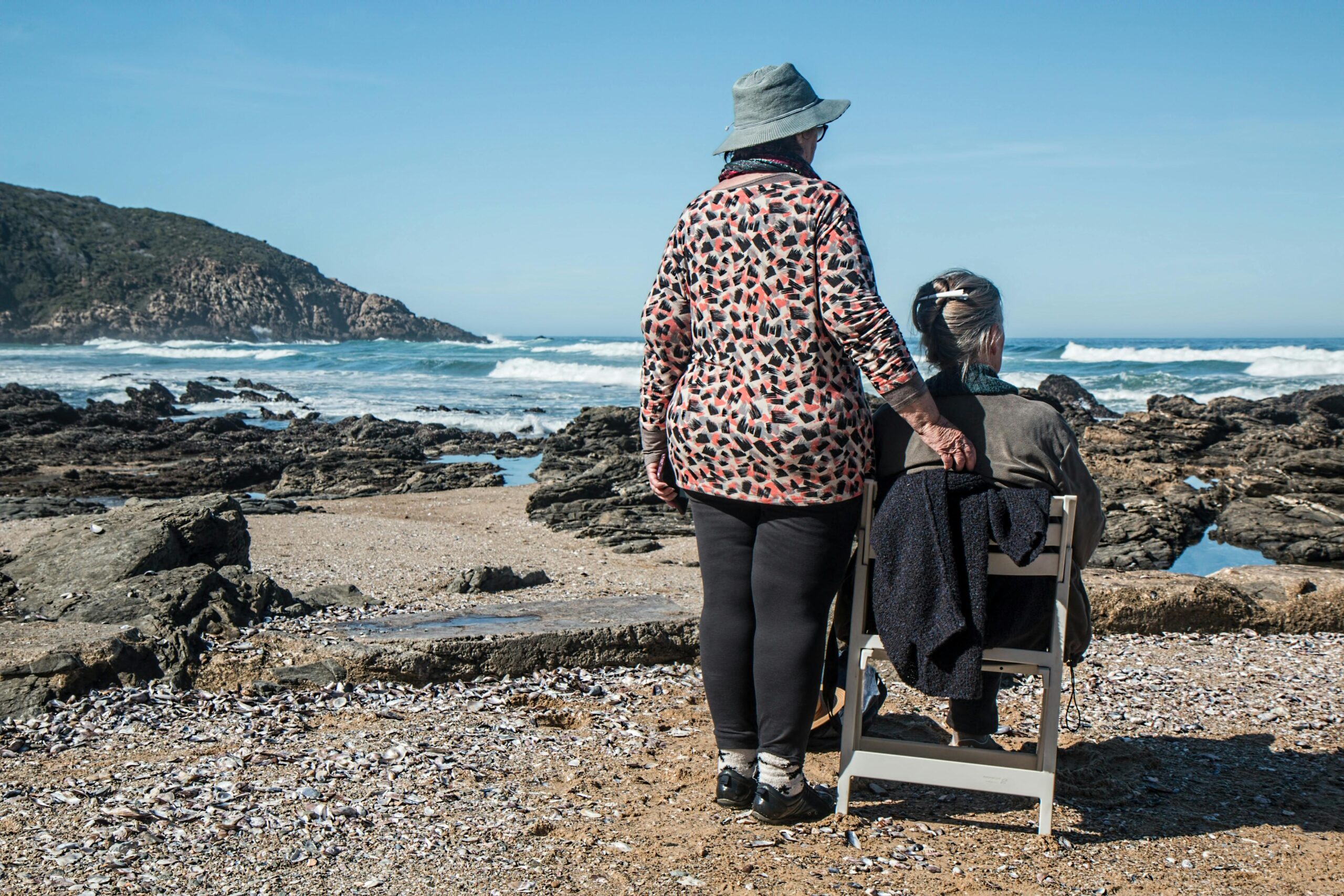The interplay between feminism and cultural preservation is a complex and nuanced topic, revealing how these two seemingly divergent movements can coexist and support each other. Feminism, with its core aim of achieving gender equality, and cultural preservation, focused on maintaining the heritage and traditions of communities, can find common ground in promoting respect, inclusivity, and diversity. This intersection highlights the importance of understanding how gender roles and cultural practices evolve together, influencing societal norms and contributing to the richness of cultural heritage
Understanding the Intersection
Feminism seeks to dismantle patriarchal structures and promote equal opportunities for all genders. Cultural preservation, on the other hand, aims to protect the unique identities, languages, customs, and traditions of different communities. At first glance, these goals may seem at odds, especially when cultural practices appear to perpetuate gender inequality. However, a deeper examination reveals that both movements share a commitment to respect and dignity for individuals, making it possible to harmonize their objectives.
Feminist Perspectives on Cultural Practices
A critical feminist approach to cultural preservation involves questioning and re-evaluating traditional practices that may undermine gender equality. For instance, certain rituals or customs that reinforce patriarchal norms can be reformed or adapted to ensure they are inclusive and equitable. This perspective does not advocate for the wholesale rejection of cultural practices but rather promotes a dialogue that considers both cultural significance and gender equality.
For example, in many cultures, rites of passage for women often emphasize traditional roles as wives and mothers. Feminists working within these communities strive to expand these rites to include education and career achievements, thereby broadening the definition of womanhood and honoring both cultural and individual aspirations.
Preserving Cultural Identity Through a Feminist Lens
Cultural preservation efforts can benefit from feminist insights by ensuring that the narratives of women and marginalized groups are included and valued. Historically, cultural preservation has often been dominated by male perspectives, which can lead to a skewed representation of a community’s heritage. By incorporating feminist principles, preservationists can create a more comprehensive and inclusive record of cultural practices.
One approach is to document and celebrate the contributions of women to cultural traditions. In many societies, women play a crucial role in maintaining languages, arts, and customs. Highlighting these contributions not only preserves the cultural heritage but also elevates the status of women within their communities, reinforcing the feminist goal of gender equality.
Case Studies: Harmonizing Feminism and Cultural Preservation
Several case studies demonstrate the successful integration of feminist principles into cultural preservation efforts. One notable example is the work of Indigenous women in Canada who are reclaiming and revitalizing traditional crafts such as beadwork and basket weaving. These women-led initiatives not only preserve important cultural practices but also provide economic opportunities and foster community solidarity.
In Africa, projects aimed at preserving traditional music and dance have incorporated feminist perspectives by ensuring that women’s voices and performances are equally represented. These initiatives challenge the male-dominated narrative of cultural history and promote a more balanced and inclusive approach to preservation.
The Role of Education and Advocacy
Education and advocacy play a critical role in bridging the gap between feminism and cultural preservation. By educating communities about the importance of gender equality within the context of cultural traditions, advocates can foster a greater understanding and appreciation of both movements. Workshops, seminars, and community discussions can serve as platforms for sharing knowledge and encouraging collaborative efforts.
Moreover, policy advocacy is essential to support these initiatives. Governments and cultural organizations can enact policies that promote gender equality within cultural preservation efforts, ensuring that resources and support are allocated equitably.
Conclusion
The intersection of feminism and cultural preservation offers a rich terrain for fostering inclusivity, diversity, and respect within communities. By re-evaluating traditional practices through a feminist lens, we can honor cultural heritage while promoting gender equality. This harmonious approach not only strengthens cultural identity but also empowers individuals, contributing to a more just and equitable society.









